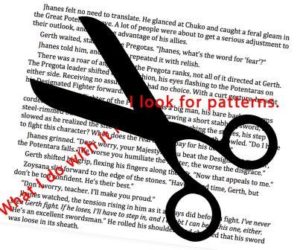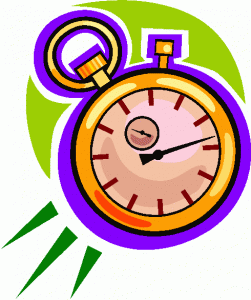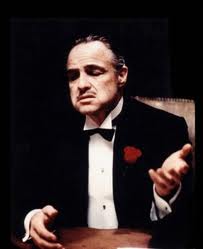 My main difficulty when I switched from writing plays to novels was my use of pauses. It took me a long time to figure out that the time sense of a person conversing in real life or watching a play is very different from the time sense of someone reading prose. And that has repercussions in novel writing and the use of punctuation.
My main difficulty when I switched from writing plays to novels was my use of pauses. It took me a long time to figure out that the time sense of a person conversing in real life or watching a play is very different from the time sense of someone reading prose. And that has repercussions in novel writing and the use of punctuation.
What’s Happening in Life?
In plays, movies and the reality they are imitating, a pause happens because something else is going on. Someone is thinking, reacting, showing emotion, waiting for attention or performing some task. Often the pause is used to heighten the emotion while we wait for something important to happen (see ‘Earned Pauses’ at the end of this article). Continue reading “In Writing, How Long is a Pause?”

 This should be called “Mistakes I Made That You Shouldn’t” series. Once more, you lucky people
This should be called “Mistakes I Made That You Shouldn’t” series. Once more, you lucky people  Pacing in writing is essential. It can make a story or break it. Good pacing can tune a good story into a masterpiece, or bad pacing can reduce it to caterwauls.
Pacing in writing is essential. It can make a story or break it. Good pacing can tune a good story into a masterpiece, or bad pacing can reduce it to caterwauls.